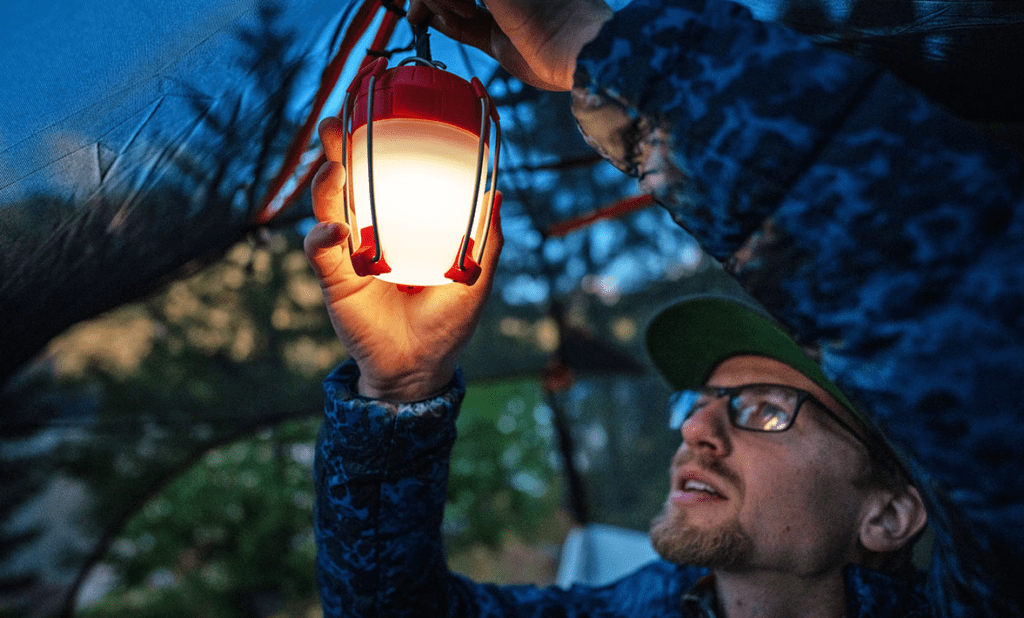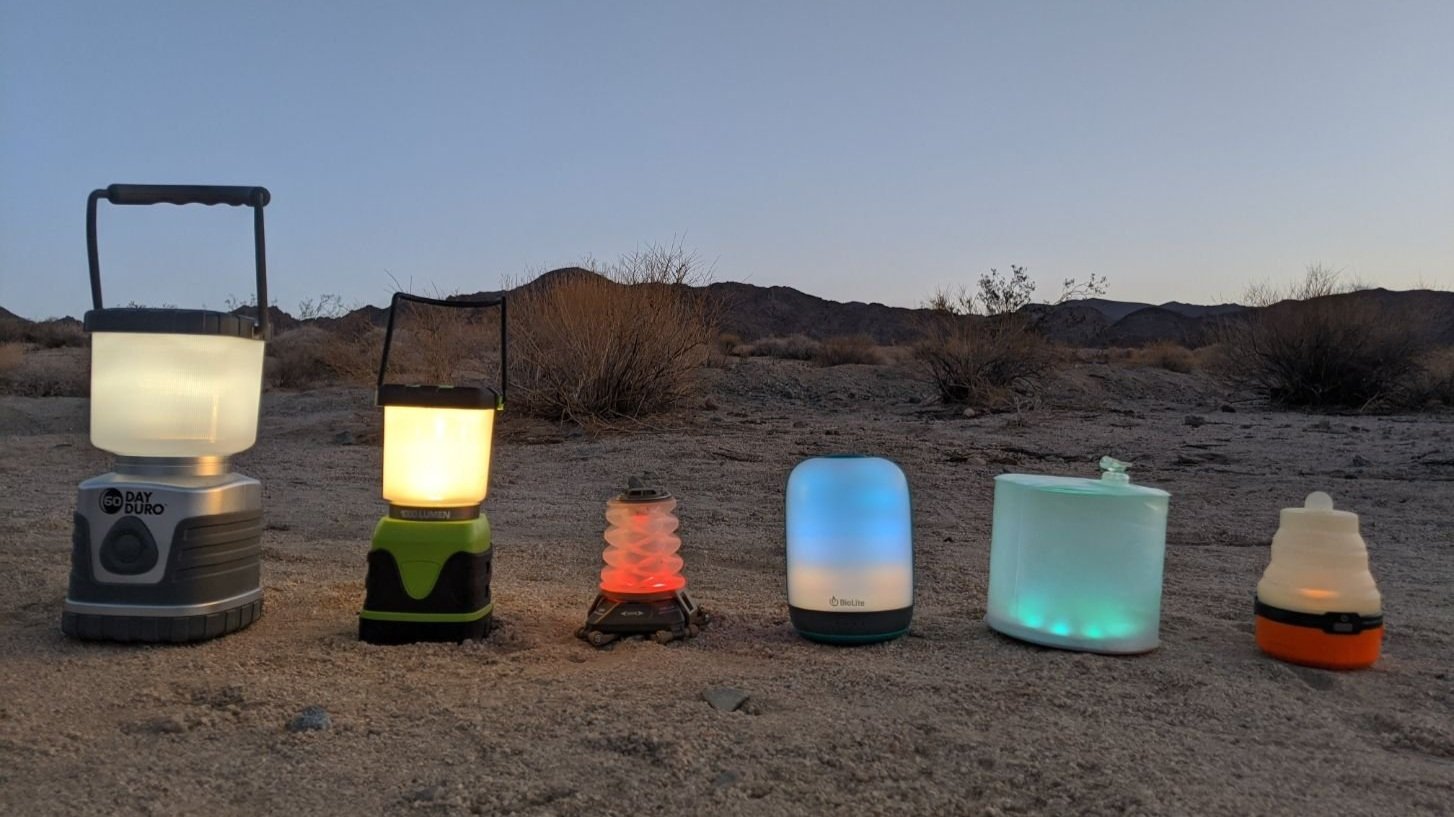Uncategorized
Camping Lanterns: How to Choose the Right One for Your Trip
A camping lantern is an essential tool for any outdoor adventure, providing illumination after the sun sets and creating a warm, inviting atmosphere around your campsite. With so many options available, choosing the right lantern can be a daunting task. Whether you’re camping in the wilderness or at a family-friendly campsite, this guide will help you select the best lantern for your trip, ensuring you stay safe and comfortable all night long.
1. Types of Camping Lanterns
When it comes to camping lanterns, there are several types to consider, each offering unique features and benefits.
Battery-Powered Lanterns
Battery-powered lanterns are one of the most common options. They are easy to use, lightweight, and require minimal maintenance. These lanterns are available in LED models, which offer long battery life and provide bright, even light. They’re perfect for short camping trips or for those who don’t want to deal with fuel.
Gas-Powered Lanterns
Gas-powered lanterns, typically powered by propane or butane, provide a bright and consistent light. They’re known for their reliability, especially in colder weather. However, they can be heavier and require more attention when refueling. Gas lanterns are ideal for longer trips or if you need a high-output light source.
Rechargeable Lanterns
Rechargeable lanterns combine the convenience of battery-powered lanterns with the ability to recharge via USB or solar power. These lanterns are eco-friendly and convenient for longer trips since you can charge them in advance and use solar power to keep them going. They’re a great option for campers who prefer a sustainable approach.
Solar-Powered Lanterns
Solar-powered lanterns are great for eco-conscious campers. These lanterns use solar panels to recharge during the day and provide illumination at night. While they are eco-friendly and cost-effective, their light output may not be as strong as gas or battery-powered lanterns. Solar lanterns work best for light use or in environments with plenty of sunlight.

2. Brightness and Light Output
When selecting a camping lantern, consider the brightness or lumen rating, which indicates how much light the lantern emits.
- Low Brightness (50-100 lumens): Ideal for reading, cooking, or ambiance. Best for short-range lighting.
- Medium Brightness (100-300 lumens): Suitable for general campsite illumination and most common camping needs.
- High Brightness (300-500 lumens): Perfect for larger campsites or when you need more powerful light to light up a larger area.
If you plan on using your lantern for specific tasks like cooking or reading, a lower lumen output might suffice. However, for general campsite lighting or group camping, consider a lantern with higher lumen output.
3. Run Time and Battery Life
Run time is another important consideration when choosing a lantern, especially for longer camping trips. Most lanterns will provide a run time of anywhere from a few hours to several days, depending on the power source and brightness setting.
- Battery-Powered Lanterns: LED battery-powered lanterns can last anywhere from 8 to 100 hours depending on the brightness setting and battery type.
- Gas Lanterns: Typically, these provide continuous light for 10 to 20 hours before needing a refill.
- Rechargeable Lanterns: These lanterns usually have a run time of 4 to 10 hours per charge depending on the brightness level.
- Solar-Powered Lanterns: These will run for several hours after a full day of charging, but their output may decrease as the battery depletes.
When choosing a lantern, consider the length of your trip and how often you’ll need to use the lantern. It’s important to select one with a sufficient run time for your specific needs.

4. Size and Weight
Camping lanterns come in various sizes, and it’s important to choose one that suits your needs in terms of portability.
- Compact Lanterns: Ideal for backpacking or solo camping. These lanterns are lightweight, portable, and easy to pack.
- Larger Lanterns: Provide more light but are heavier and bulkier, making them more suitable for car camping or group camping.
If you’re planning on hiking or carrying your gear for long distances, prioritize a lightweight and compact lantern. If you’re driving to your campsite, a larger lantern may be more appropriate for illuminating a wider area.

5. Durability and Weather Resistance
Camping lanterns need to be tough enough to withstand the harsh outdoor elements. Look for features such as:
- Waterproof or Water-Resistant: A waterproof rating of IPX4 or higher will ensure your lantern can handle rainy conditions without malfunctioning.
- Impact-Resistant: Drop-resistant designs are crucial for avoiding damage during transportation or accidents around the campsite.
- Rugged Construction: Lanterns made from durable materials such as metal or tough plastics will last longer and provide better value.
Make sure to check the lantern’s IP (Ingress Protection) rating to determine how resistant it is to dust and water. This is particularly important if you expect to camp in wet conditions.
6. Fuel Options
For gas-powered lanterns, fuel options include:
- Propane Lanterns: Often used for larger lanterns, propane is a reliable fuel source that provides consistent light.
- Butane Lanterns: Smaller and more portable, butane is suitable for compact lanterns and shorter trips.
Consider the convenience of fuel options when selecting your lantern. If you’re concerned about carrying extra fuel or refilling, a rechargeable or solar-powered lantern might be a better fit.
7. Additional Features
Some lanterns come with added features to enhance their functionality and ease of use:
- Adjustable Brightness: Many lanterns offer adjustable brightness settings so you can customize the light output depending on your needs.
- Dimming Function: Allows you to gradually decrease the brightness for a softer glow when needed.
- Hanging Loops or Handles: Ideal for hanging your lantern from a tree branch or tent hook, providing hands-free lighting.
- Multiple Light Modes: Some lanterns offer multiple modes such as flashing, SOS, or candlelight mode for added versatility.
8. Conclusion
Choosing the right camping lantern depends on your specific needs, the type of camping you’re doing, and your budget. Consider factors such as the type of power source, brightness, run time, size, and durability. Whether you need a lightweight rechargeable lantern for backpacking or a gas-powered lantern for group camping, there’s a perfect option for every adventure.
With the right lantern, you can enjoy the beauty of the great outdoors after dark, ensuring that your campsite is well-lit, safe, and cozy for the entire trip. Happy camping!

